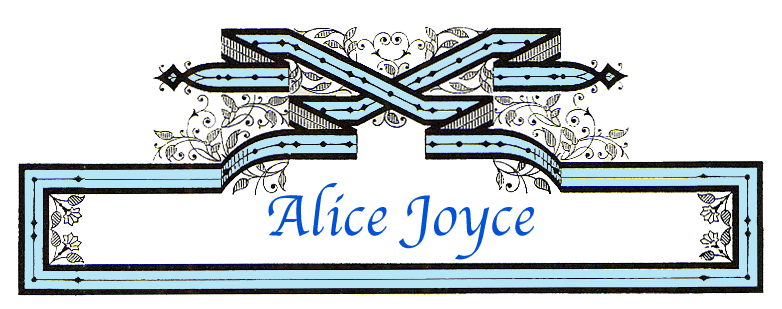

The Noose (1928) First National Pictures. Presenter: Richard A. Rowland. Producer: Henry Hobart. Director: John Francis Dillon. Screenplay: H.H. Van Loan, Willard Mack. Adaptation-Continuity: James T. O'Donohoe. Titles: Garrett Graham. Photography: James C. Van Trees. Editor: Jack Dennis. Cast: Richard Barthelmess, Montague Love, Robert E. O'Connor, Jay Eaton, Lina Basquette, Thelma Todd, Ed Brady, Fred Warren, Charles Giblyn, Alice Joyce, William Walling, Robert T. Haines, Ernest Hilliard, Emile Chautard, Romaine Fielding, Yola D'Avril, Corliss Palmer, Kay English, Cecil Brunner, Janice Peters, Ruth Lord, May Atwood. 8 reels, 7,331 ft.
A copy of this film is located the Museum of Modern Art, New York (35 mm.)
First National production and release. Richard Barthelmess starred, Alice Joyce, Lina Basquette, Thelma Todd, Montague Love and Robert T. Haines featured Scenario adapted from the stage play by Willard Mack and H.H. Van Loan. At Strand, New York, week March 17. Running time, around 75 minutes.
| Nickie Elkins | Richard Barthelmess |
| Buck Gordon | Montague Love |
| Jim Conley | Robert E. O'Connor |
| Tommy | Jay Eaton |
| Dot | Lina Basquette |
| Phyllis | Thelma Todd |
| Seth McNillan | Ed Brady |
| Dave | Fred Warren |
| Bill Chase | William Davidson |
| Mrs. Bancroft | Alice Joyce |
| The Warden | William Walling |
| The Governor | Robert T. Haines |
| Craig | Ernest Hilliard |
| Priest | Emile Chautard |
| Judge | Romaine Fielding |
| Cabaret Girls | Yola d'Avril, Corliss Palmer, Kay English, Cecil Brunner, Janice Peters, Ruth Lord, May Atwood |
"The Noose," with Richard Barthelmess, gives First National a drawing program feature that will stand well up to follow Barthelmess' great hit in "The Patent Leather Kid." It's an extremely well directed and played drama, with meller tendencies, a touch of the underworld with a real cabaret scene one of the standouts, but underneath the rest a virile story of suspensive qualities that are all taken advantage of. It's in.
This picture is said to have been taken under the natural light, or at least the cabaret scene was. Natural light is indicated throughout. If the first of that kind, its defects can be remedied if natural light is thought beneficial. While the trade may detect a different lighting scheme, it's doubtful if the lays will. At times the photography is misty and not always uniform in light, a greyish tint often appearing. That followed into the cabaret scenes for the side rooms, employed there, but on the floor the lighting was evenly bright. At the Burbank studios when this scene was taken it was said that the heat form the big arcs was terrific on the people beneath them.
Toward the finish of "The Noose" extraordinary suspense is maintained and it's two-sided. First is whether Nickie Elkins will be hanged and he is walking toward the gallows for some time, while the other is whether the Governor's wife will confess to her husband that Nickie is her son. Neither happens. What did happen was that Mrs. Governor phones the warden over her husband's private wire ordering the execution stopped, and the Governor, when advised, calling the boy before him, to intimate that a pardon would be forthcoming.
Nickie had shot and killed his father, Buck Gordon, within five minutes after Buck had told the lad who his parents were. His mother was the Governor's wife, said Buck, and if he were sent away for killing another gangster, Nickie would have to appeal to his mother to save him. Upon Nickie's refusal, Buck said he would shake down the Governor's wife himself then for the freedom and the coin. Nickie said he wouldn't and, to prove it, shot his father, who had brought him up from babyhood without Nickie aware of his father or mother.
Other than the cabaret scene, no action of moment. A bit of shooting, but the play's action very slight.
Barthelmess' Nickie a natural for him, although Barthelmess is more likable in action. That's where he shines. Nevertheless, Barthelmess has a distinctive individuality on the screen, and it's very valuable for few own it. He always suggests impulsiveness, and that's suspense in itself, continually.
Lina Basquette does Dot, the cabaret girl, nicely. In the prison and Governor's room scenes, Miss Basquette was admirable. She's in love with Nickie, who was about to be regenerated by a "nice lady from uptown" just as he bumped off his suddenly discovered dad. Thelma Todd as the nice lady only had to see that her very blonde hair was marcelled.
Alice Joyce had a difficult emotional role as the governor's wife. She looked the part, excepting when opposite Barthelmess, when she appeared too young, but Miss Joyce will probably not be miffed over that. She had to express extreme heart anguish and yet refrain from confessing to her husband even for a commutation or pardon that the condemned boy was her own son. That made it quite a serious moment of acting for her and also an unreal character, but she got by well enough under the conditions.
Jay Eaton as Tommy, the stager of the floor show, minced it up a little for a laugh; the girls behind him displayed good coaching and legs. William Walling as the warden had but one chance, but made that bit look very good. Montague Love did the heavy Buck. That was soft for him, doing his best in looking the role. Robert T. Haines was another who perfectly looked the Governor, giving the part all the dignity it called for.
Barthelmess' backward leap into the front rank of the male b.o. cards will be helped along by this one.
Last revised March 23, 2011